Terminal Radar: It’s the Weather Pilots Don’t See
Flying Magazine
MAY 26, 2025
The good news is that some approach controllers are armed with near real-time weather data from two additional sources to include the Airport Surveillance Radar (ASR) and Terminal Doppler Weather Radar (TDWR). Many approach control facilities have ASRs like the ASR-9 or ASR-11 that are physically located on the field. Not too shabby.

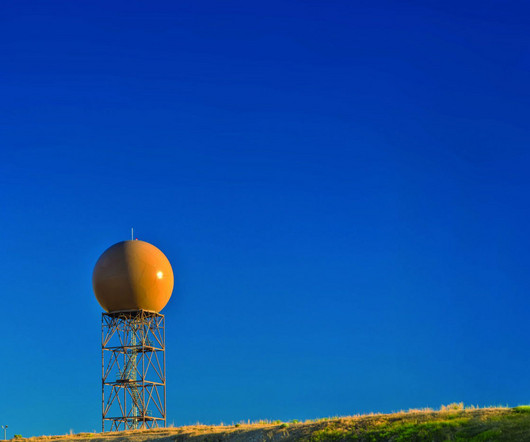








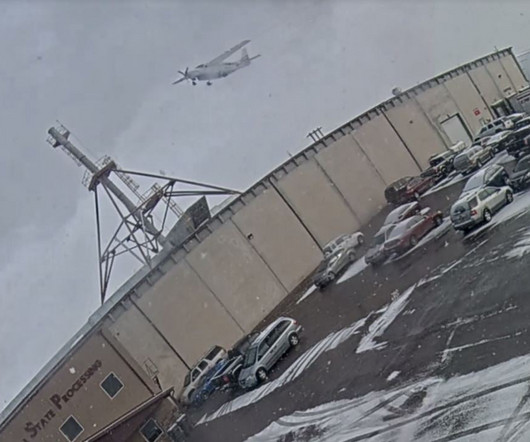
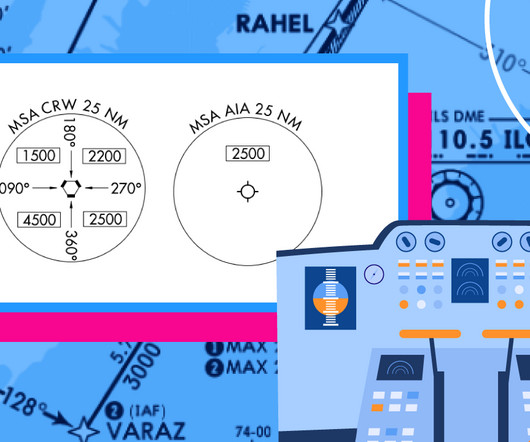



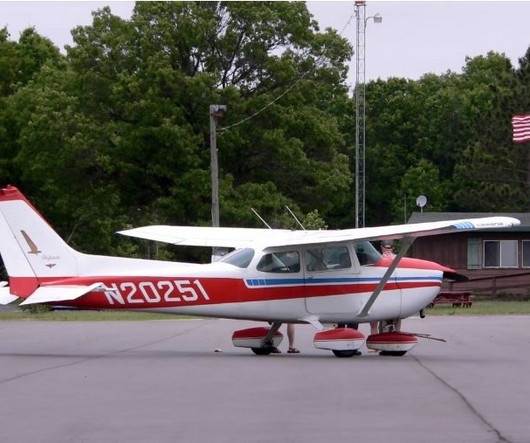
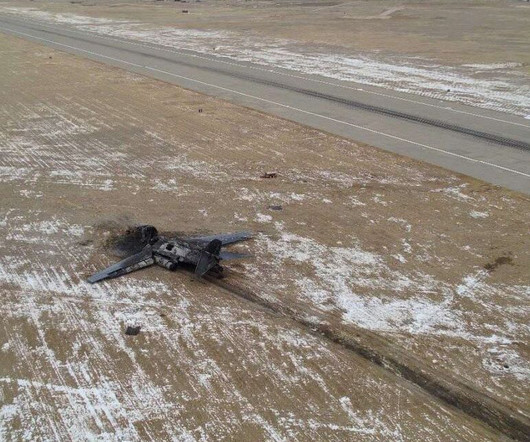

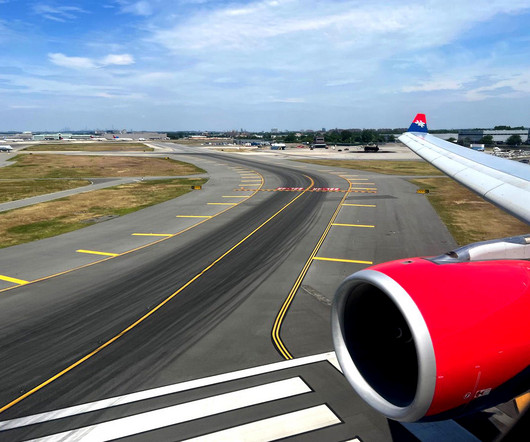








Let's personalize your content